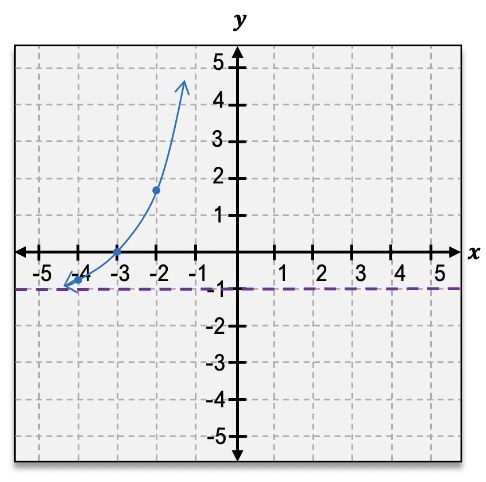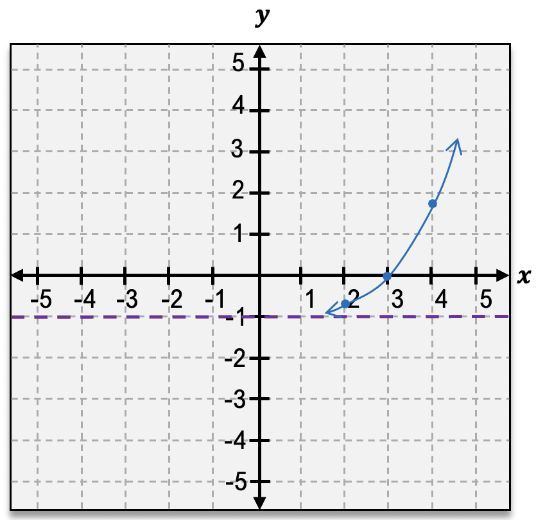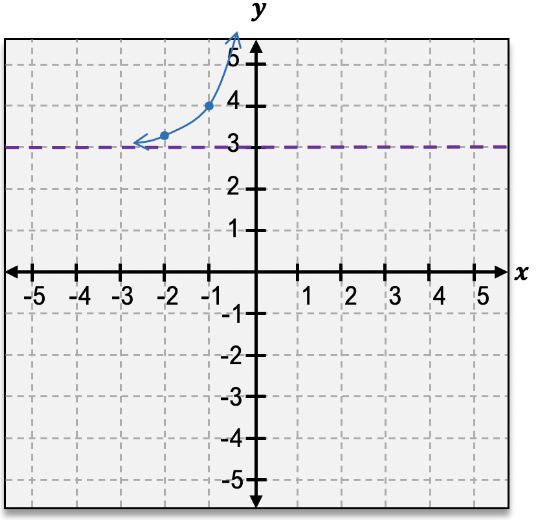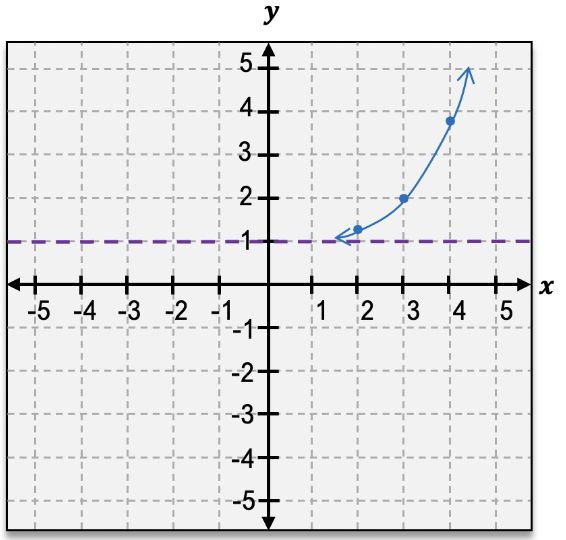Exponential functions are a fundamental concept in mathematics, distinct from polynomial functions. A basic example of an exponential function is f(x) = 2^x, where the base (2) is a constant and the exponent (x) is a variable. Understanding the characteristics of the base and exponent is crucial for identifying exponential functions. The base must be a positive constant and cannot equal 1, while the exponent must contain a variable.
For instance, consider the function f(x) = (2/3)^x. Here, the base is 2/3, which is positive and not equal to 1, confirming that this is indeed an exponential function. The exponent is simply x, which is a variable. Conversely, the function f(y) = 1^y does not qualify as an exponential function because the base is 1, which violates the criteria.
Another example is f(x) = 10^(x+1). In this case, the base is 10, which is positive and not equal to 1, while the exponent is x + 1, containing the variable x. Thus, this function is also an exponential function.
Evaluating exponential functions involves substituting values for the variable in the exponent. For example, to evaluate f(x) = 2^x at x = 4, we compute f(4) = 2^4 = 16. When evaluating at negative values, such as x = -3, we find f(-3) = 2^{-3} = 1/(2^3) = 1/8.
For non-integer values, such as x = 3.14, a calculator is often necessary. To compute f(3.14) = 2^{3.14}, you would input 2, use the caret key for exponentiation, and then enter 3.14, yielding approximately 8.815.
Lastly, for larger exponents, such as x = 12, you can use a calculator to find f(12) = 2^{12} = 4096. This method simplifies the process of evaluating exponential functions, especially when dealing with large numbers.









